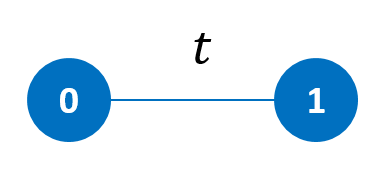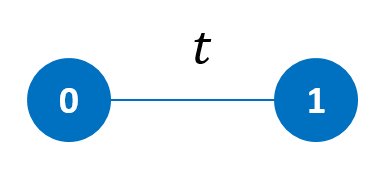The car-sharing problem, proposed by Luo, Erlebach and Xu in 2018, mainly focuses on an online model in which there are two locations: 0 and 1, and $k$ total cars. Each request which specifies its pick-up time and pick-up location (among 0 and 1, and the other is the drop-off location) is released in each stage a fixed amount of time before its specified start (i.e. pick-up) time. The time between the booking (i.e. released) time and the start time is enough to move empty cars between 0 and 1 for relocation if they are not used in that stage. The model, called $k$S2L-F, assumes that requests in each stage arrive sequentially regardless of the same booking time and the decision (accept or reject) must be made immediately. The goal is to accept as many requests as possible. In spite of only two locations, the analysis does not seem easy and the (tight) competitive ratio (CR) is only known to be 2.0 for $k=2$ and 1.5 for a restricted value of $k$, i.e., a multiple of three. In this paper, we remove all the holes of unknown CR's; namely we prove that the CR is $\frac{2k}{k + \lfloor k/3 \rfloor}$ for all $k\geq 2$. Furthermore, if the algorithm can delay its decision until all requests have come in each stage, the CR is improved to roughly 4/3. We can take this advantage even further, precisely we can achieve a CR of $\frac{2+R}{3}$ if the number of requests in each stage is at most $Rk$, $1 \leq R \leq 2$, where we do not have to know the value of $R$ in advance. Finally we demonstrate that randomization also helps to get (slightly) better CR's.
翻译:由Luo, Erlebach 和 Xu 在2018年提出的汽车共享问题,主要侧重于一个在线模式,该模式有两个地点:0和1, 以及总汽车的美元美元。每个指定其接车时间和接车地点的请求(0和1之间,另一个是降车地点)在每个阶段都发布一个固定时间, 而不是指定开始时间( 即接车) 。 订车( e. 释放) 时间和起始时间之间的时间不足以移动零到1之间的空汽车搬迁模式, 如果在那个阶段不使用, 则可以移动零到1之间的空汽车搬迁。 模型叫做 $S2L- F, 假设每个阶段的接车时间和接车地点( 0. 1 和 1 ) 。 目标是尽可能地平面( 即接车) 。 尽管只有两个地点, 分析似乎并不简单, 竞争比率( ) 只有2.0美元=2, 和1.5美元之间的迁移时间, 也就是我们每进一张纸, 。





